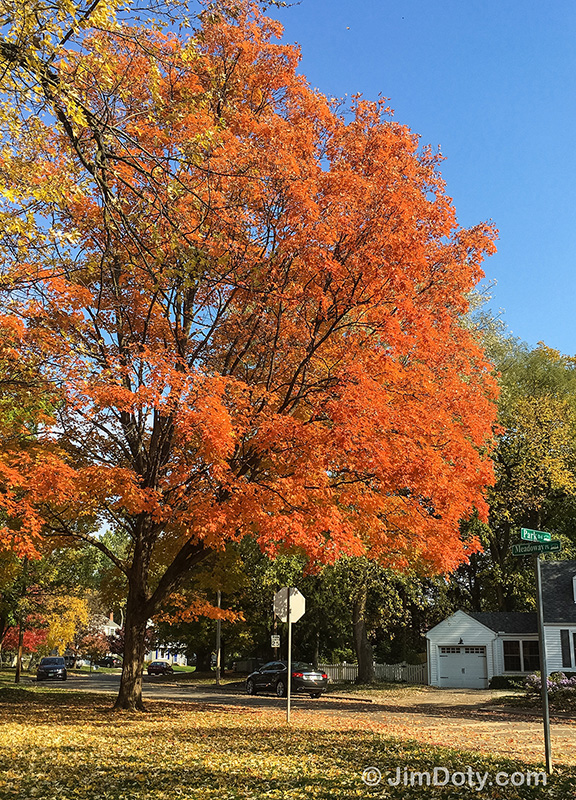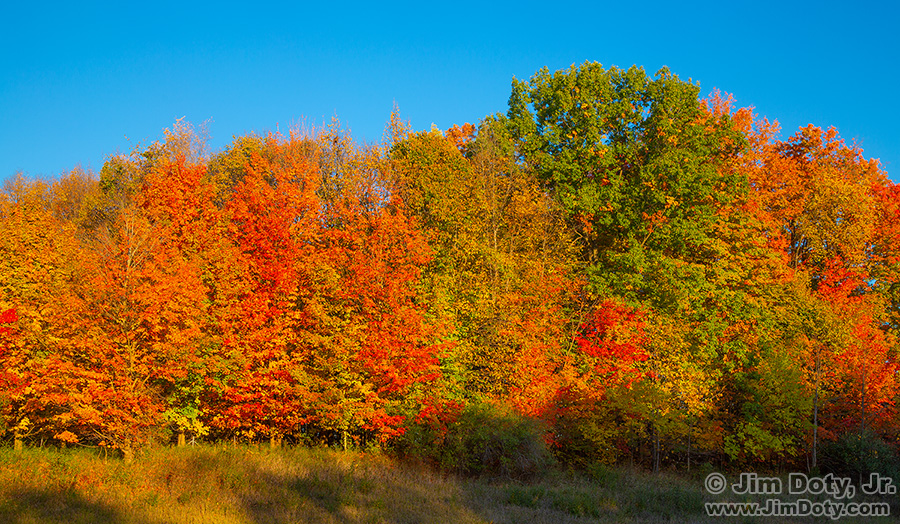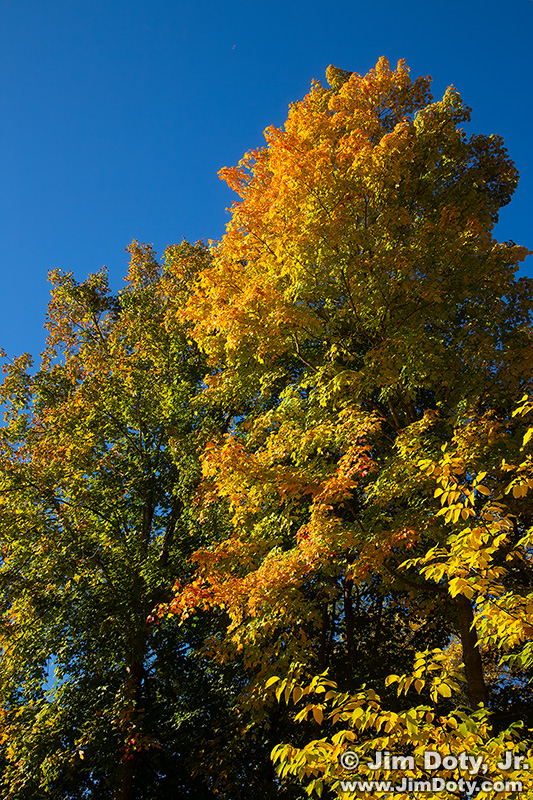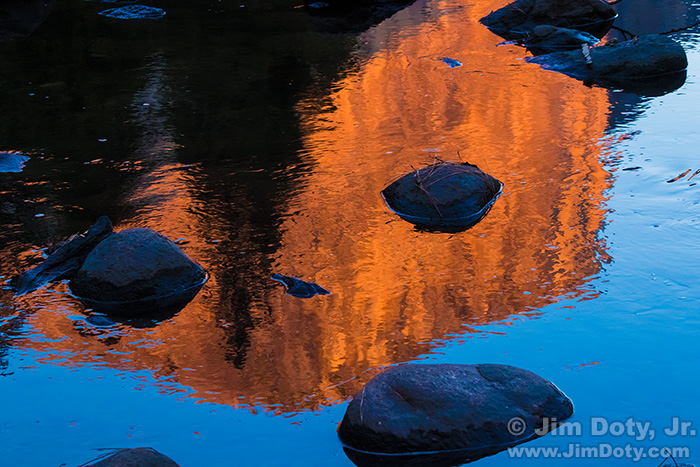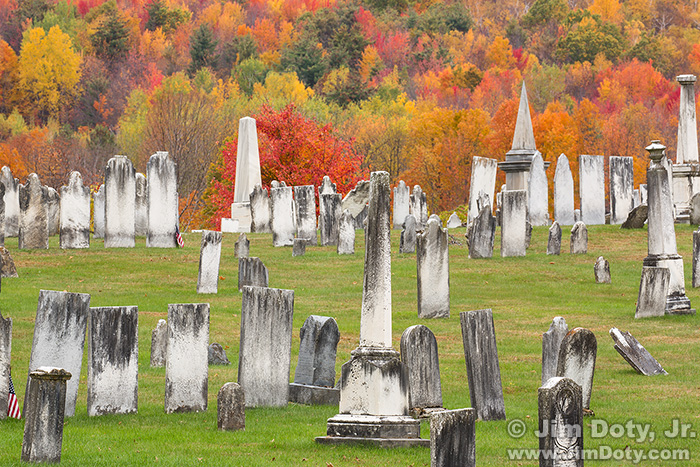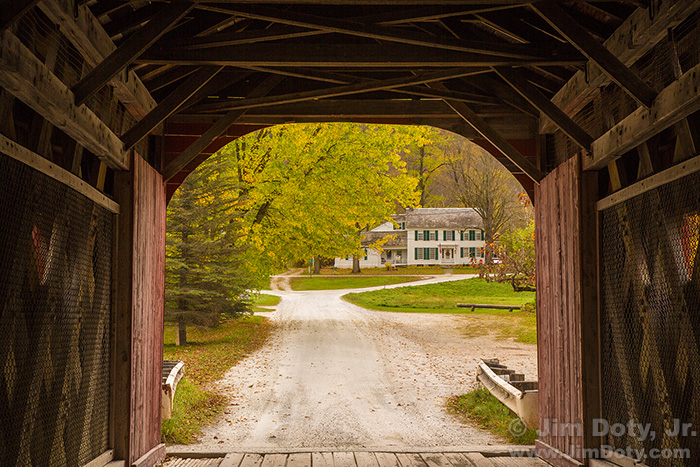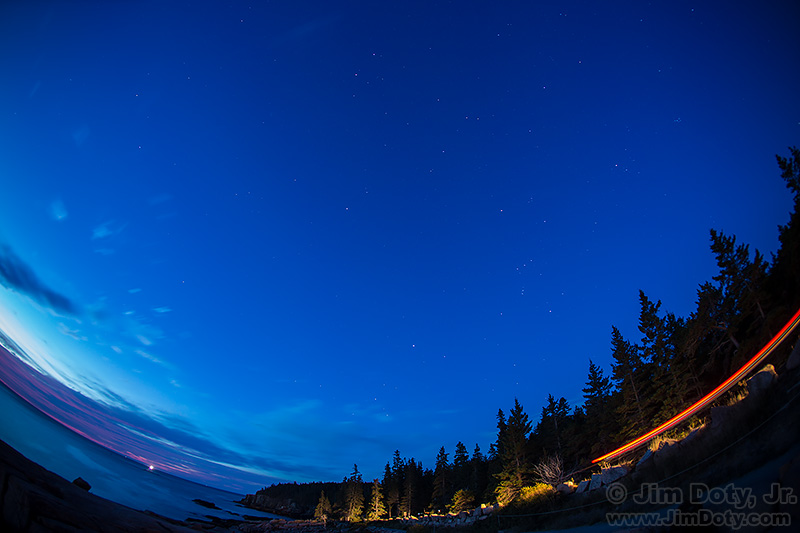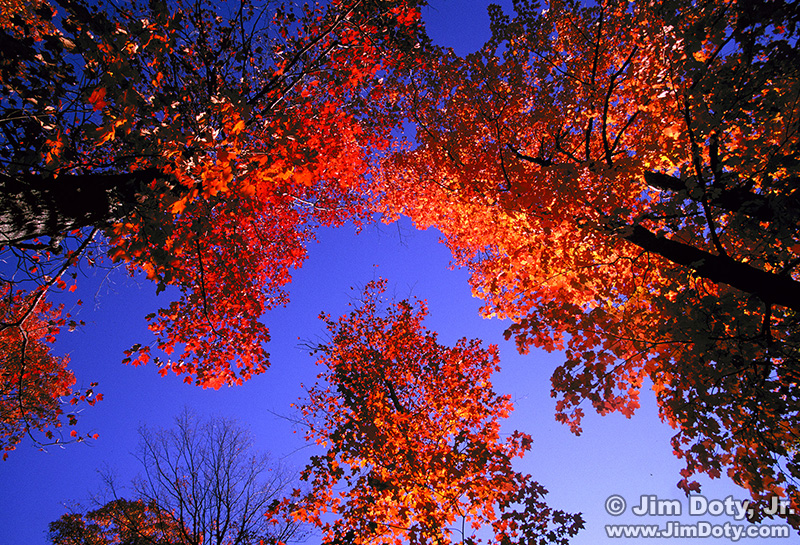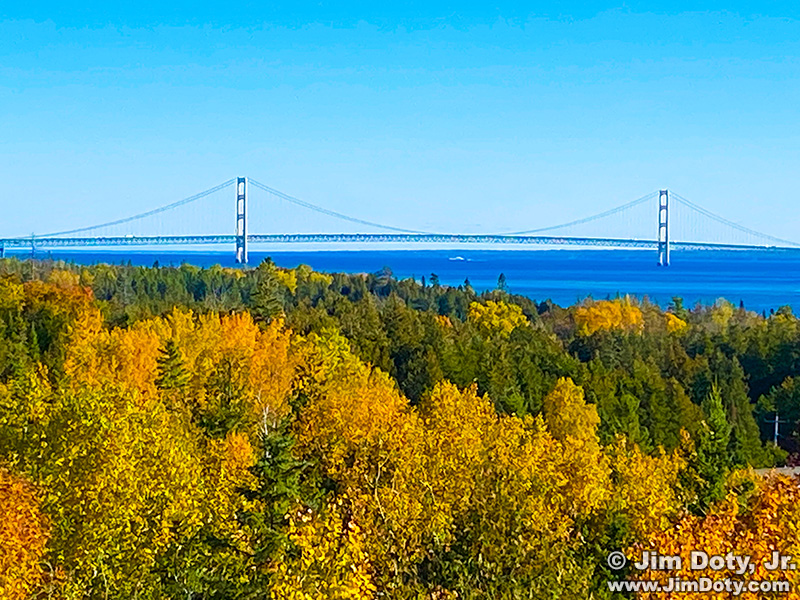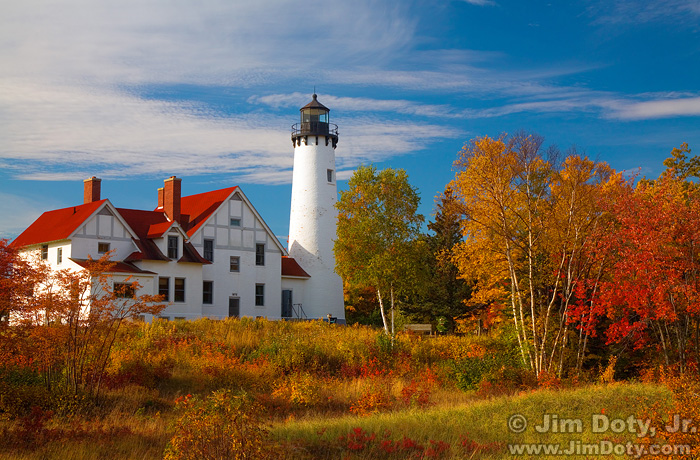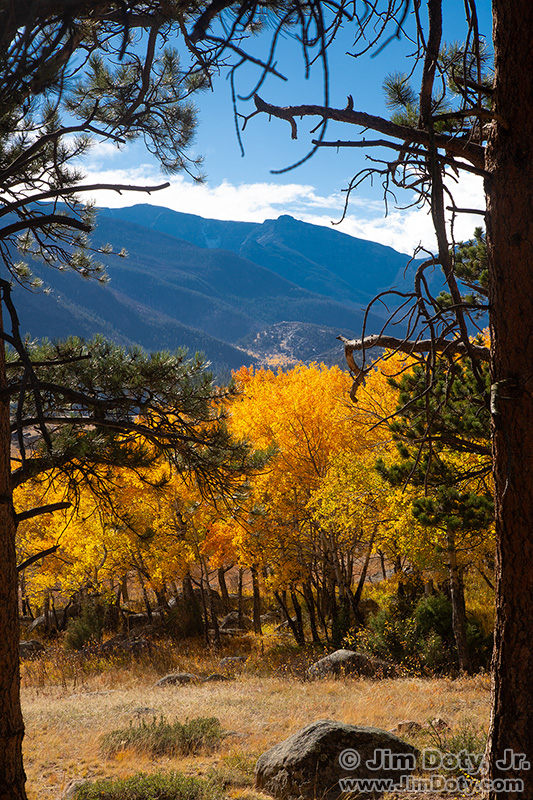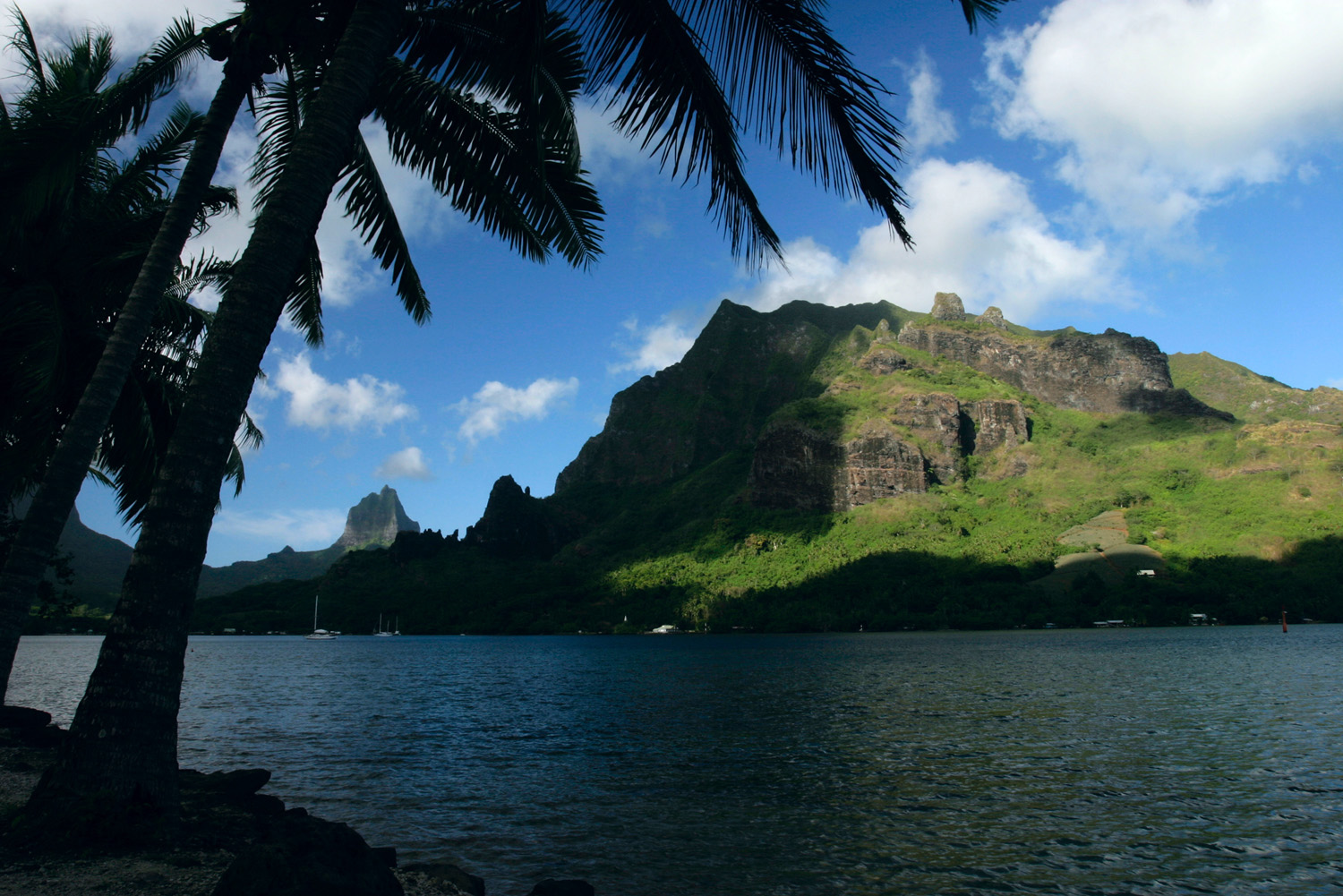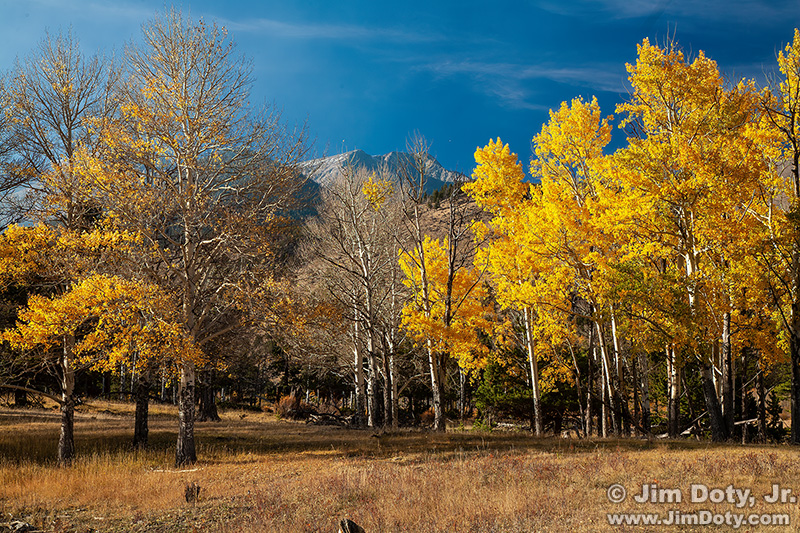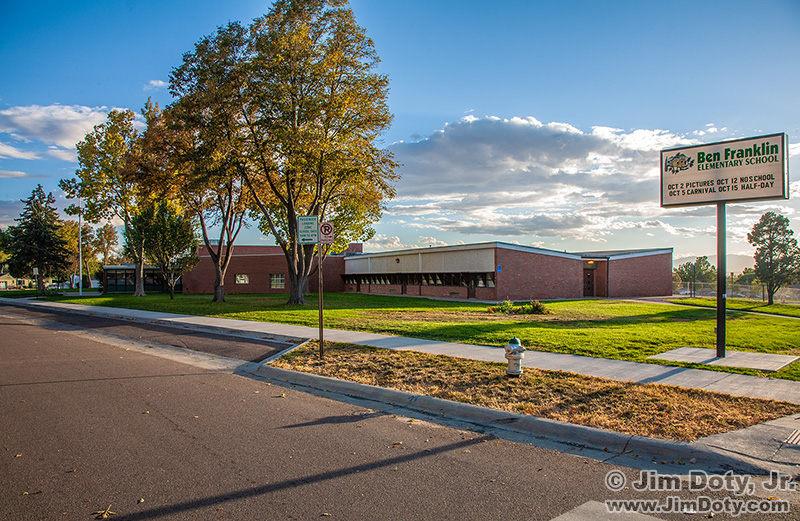I was out walking our dog and taking pictures of the autumn leaves.
Colorado, October 29
Trip with John, day 3. This overlook on deer mountain has a nice view of the valley (“park”) below.
Colorado, October 28
Trip with John, day 2. When we were growing up, several times a year our parents would take us along the Arkansas River to get to the mountains in the west.
Colorado, October 27
Trip with John, Day 1. My brother John had not been back to Colorado since 1969, so we decided it was time to go on a trip to Colorado and visit our favorite childhood places. The fall colors were gone, but this was the only time we could both make the trip. This sign marks a very special childhood place.
Michigan, October 27
Before driving home, I stopped at Seney National Wildlife Refuge which is just two miles north of Germfask Michigan. Seney is one of my favorite places on the planet. The roads that loop through the refuge close after October 20 and they are not open to foot traffic, but you can see two of the ponds from the road to the visitor’s center. I stopped to take this picture of one of them before pointing my car toward home. From May 15 to October 20 when the roads are open, I highly recommend Seney as a place to visit and take pictures.
Michigan, October 26
I spent the day driving from Kalamazoo Michigan to Germfask Michigan in the Upper Peninsula. I stopped periodically to take pictures along the way.
Michigan, October 25
This is the second day of my Michigan fall color trip and my first full day. I began at Fernwood Botanical Garden near Niles Michigan.
California: October 25
I was in Yosemite during the fall, but the fall colors had barely begun.
Michigan, October 24
I left Iowa in the morning and arrived at Trillium Ravine near Buchanan Michigan at 5:38 pm. My plan was to capture fall colors before it got too dark. It turns out the best color was on the outside edge of the preserve. The interior of the preserve was still mostly green.
Vermont, October 23
Meeting a Norman Rockwell Model
I stopped at the Sugar Shack just north of Arlington Vermont. They have several grades of delicious maple syrup and lots of other goodies. They also have a Norman Rockwell museum with Rockwell’s Saturday Evening Post covers. You can also buy small Rockwell reproductions.
Rockwell Country, October 23
Acadia, October 22
My fall in Acadia National Park Series. This was my last day of 5 splendid days in Acadia National Park. When I was writing about the best national parks to visit in the fall, I checked articles by two photographers and eleven travel writers. The most recommended national park for fall colors is Acadia. (See the two links below.) After my 2017 trip to Acadia I can see why. I highly recommend a trip to Acadia in the fall.
Acadia, October 21
My fall in Acadia National Park Series.
Acadia, October 20
My fall in Acadia National Park Series.
Acadia, October 19
My fall in Acadia National Park Series.
Acadia, October 18
Random Volleyball Photography Question
I was watching a football game on TV when my phone dinged with this text message: “What is the best set up and lens for a VB game shot?” My quick answer: a mid range zoom like a 35-80, or better yet a 24-105. From up in the bleachers a longer range zoom lens.
River of Sky, October 17, 2023 and October 9, 1998.
Michigan, October 16
My fall in Michigan series. This photo was taken from a scenic overlook on U.S. 2. I was west of St. Ignace and northwest of the bridge.
30 Years Teaching Photography
It dawned on me when I woke up this this morning (sorry about that) that as of this summer, I have been teaching photography for 30 years. So this has been a memories kind of day and I went back through hundreds of photos from past workshops. And then I looked for photos that people took of me at the workshops. I share several of them in this article.
Don’t Give Up On the Light
There was a promising mixture of sunlight with a smattering of clouds to the west, which could turn into a real nice golden backdrop for lake portraits. To the east there was a dense cloud cover with dark blue light underneath. It was heading our way. We decided to go for it. But by the time we arrived at the lake the dark blue cloud bank had taken over. The sun and hopes of golden light were gone. We were left with dark clouds and a sea of blue light. Blue or not, we decided to shoot anyway. Besides, the blue light had charms of its own.
Colorado, October 14
This is the last day for my “fall in Colorado” series. I checked my “favorite photos folder” and October 14 is the last day with “fall photos” in Colorado. I was in Red Rocks Park west of Denver and the leaves in the bushes are starting to turn. After Red Rocks, I spent time with family on their front porch in Bailey Colorado where I could see some yellow aspen trees on the hillside opposite their home.
Michigan, October 13
My fall in Michigan series. The Point Iroquois Lighthouse is a great fall photo location in Michigan’s Upper Peninsula.
Colorado, October 13
My fall in Colorado series.
Michigan, October 12
Colorado, October 12
My fall in Colorado series.
Mo’orea, October 11
Colorado, October 11
My fall in Colorado series. As you can see from these photos, fall colors can hang around for quite a while in Horseshoe Park, Rocky Mountain National Park.
Colorado, October 10
My fall in Colorado series. This is not my typical fall color in the mountains photo. On October 10, 2007, I was on my way home from the Colorado Rockies and stopped in Pueblo long enough to photography my elementary school. At least there is fall color in the trees.

